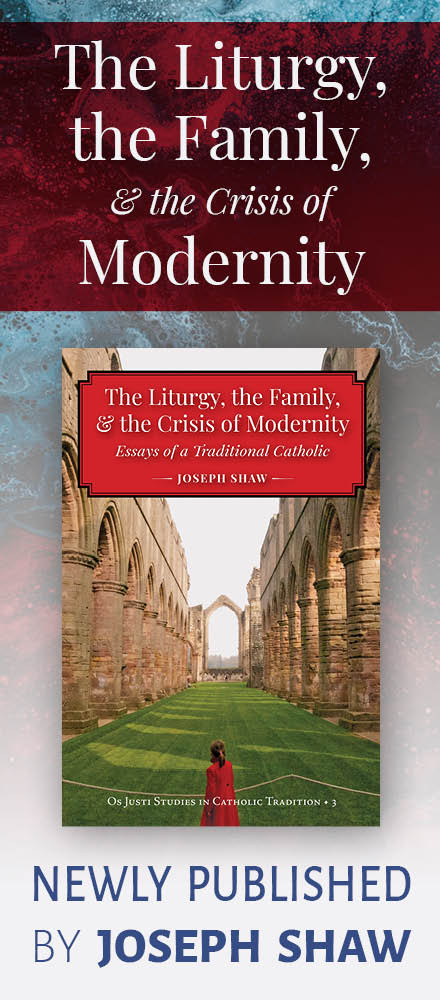Thou, o Lord, didst command us to be partakers of Thy Son, sharers of Thy kingdom, dwellers in Paradise, companions of the Angels; ever provided we keep the sacraments of the heavenly host with pure and undefiled faith. And what may we not hope of Thy mercy, we who received so great a gift, that we might merit to offer Thee such a Victim, namely, the Body and Blood of Our Lord, Jesus Christ? Who for the redemption of the world gave Himself up to that holy and venerable Passion; Who instituting the form of the perennial sacrifice of salvation, first offered Himself as the Victim, and first taught that It be offered. (From the Ambrosian Missal; these words are interpolated into the Communicantes at the Mass of the Lord’s Supper. Here is a complete description of the very interesting Vespers and Mass of Holy Thursday in the Ambrosian Rite.)
Tu nos, Domine, participes Filii tui, tu consortes regni tui, tu incolas Paradisi, tu Angelorum comites esse jussisti; si tamen illaesa et intemerata fide caelestis militiae sacramenta servemus. Et quid sperare de misericordia tua non possumus, qui tantum munus accepimus, ut talem tibi hostiam offerre mereamur, Corpus scilicet et Sanguinem Domini nostri Jesu Christi? Qui se pro mundi redemptione piae illi ac venerandae tradidit Passioni; qui formam sacrificii perennis instituens, hostiam se primus obtulit, et primus docuit offerre.
 |
The Institution of the Holy Eucharist, by Federico Barocci, from the Aldobrandini Chapel of Santa Maria sopra Minerva in Rome; 1603-8.
|




















